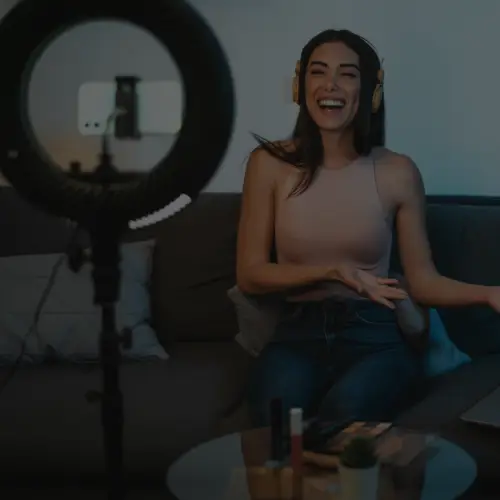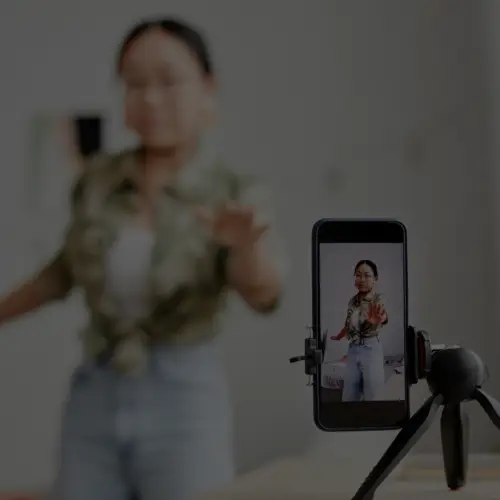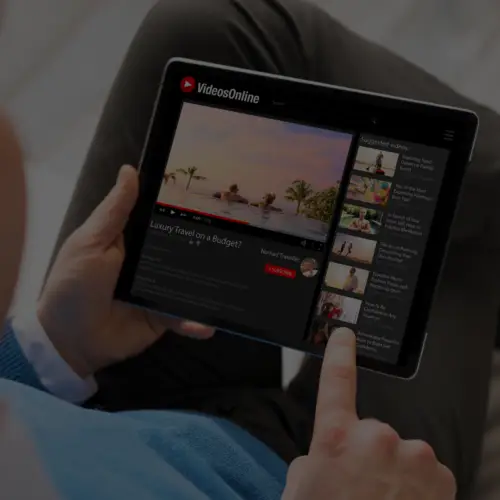
23 Apr How Political Ads May Impact Paid Social Campaigns (Updated 9/15/2020)
As we draw closer to the 2020 U.S. Presidential election, we wanted to provide an update on ad spending on Facebook and Instagram. We’ll share some trends we’re seeing and recommendations for social ad placements during election time.
Trends on Facebook/Instagram
- As of 8/27, Facebook is reporting a spend of $1.6 billion on 9.2 million ads about social issues, elections or politics since May 2018.
- The pandemic and surge in mail-in voting this year will change the election timeline as it relates to ad spend. With 2020 ballots being sent out as soon as 60 days before the election in North Carolina (Source: National Conference of State Legislatures, August 24, 2020), we should see a spike in ad spend earlier than in previous elections.
- Political ad spend is increasing quarter-over-quarter with a spend of ~53.1 million in Q3 so far, compared to ~33.6 million in Q2.
- Donald Trump and Joe Biden each spent over $30 million on Facebook/Instagram in the last 90 days.
- Biden spent $1.3 million on both June 4th and August 14th, coinciding with the Democratic primaries and 2020 Democratic National Convention.
- In the last 90 days, the highest spends were in California ($28 million), Florida ($28 million), and Texas ($22 million).
- Facebook just announced that it won’t allow new political ads the week before the election and it will tag content that seeks to “delegitimize the outcome of the election or discuss the legitimacy of voting methods.”.
—-
The presidential election in November will impact traditional and digital media buying even if you’re not running political ads this year. With an expected U.S. digital ad spend of $951.8 million, nearly triple the last presidential election, political ads may impact paid campaigns on social (source: eMarketer, January 2020).
Political ads started ramping up with the primaries and will continue through the presidential debates and Election Day. If social were to follow traditional platforms, spikes should occur during the last 2 to 3 weeks leading up to Election Day (source: Kantar, Category Share of Total TV Ad Time).
To prepare for the political season, here’s what you need to know about how political ads will impact paid social campaigns.

Key Takeaways:
- Twitter banned and Google restricted political ads, so a large share of the digital political ad dollars will go to Facebook.
- This increase in political spending will likely result in an increase in cost-per-thousand-impressions and cost-per-action for advertisers on Facebook and Instagram.
- If you have the flexibility, you can use this time to test other channels, like TikTok.
Political Ads May Impact Paid Social Campaigns by Driving Costs Higher
With Twitter banning political ads and Google restricting them, a large share of the digital political ad dollars will go to Facebook. According to eMarketer, Facebook is expected to account for 58% of U.S. digital political ad spending, with an estimated $550.0 million in political ad revenue (source: eMarketer, January 2020).
This increase in political spend will likely result in an increase in cost-per-thousand-impressions and cost-per-action for advertisers on Facebook and Instagram. With an increase in political advertising and the political window falling into Q4, advertisers should expect to pay more on those platforms.
In preparation for this increase, it’s a good idea to determine what you’re comfortable with from a CPM and CPA standpoint. If it’s important that you don’t exceed these costs, you can use cost cap bidding to control your cost. When using this type of bidding, you will still need to make sure to keep an eye on spend. If your campaign is having difficulty spending, your cap may be too low. To learn more about the bidding options, check out the What You Need to Know About Facebook’s New Cost Cap Bidding article.
Brands Should do Additional Monitoring
As advertisers anticipate increased competition for audience attention during this time, we expect to see them closely monitoring their social campaigns. This could require more frequent checks. If you’re not able to keep an eye on your Facebook campaigns, you can implement Automated Rules that check your campaigns, ad sets, or ads. Advertisers can set a rule to turn off, send a notification, adjust the budget based on specific cost per result. To learn more about Automated Rules, check out the Facebook Ads Reporting Rules article.
Consider a Shift in Strategy
If costs continue to creep up and exceed your maximum CPM or CPA, consider implementing changes in your social strategy. If you’re committed to a social channel, instead of running ads on all placements, you can run on select placements that have more inventory. For example, if you’re running on the Instagram Feed, consider Instagram Explore.
If you have the flexibility, you can use this time to test other channels such as TikTok. If you’re interested in learning more about this platform that’s created buzz in North America, check out the What is TikTok article on the Ignite blog!
Before you start allocating resources to a new channel, make sure your audience is there so you don’t spend your media budget on an audience who won’t find your product/service relevant.
Finally, look to minimize ad dollars in swing states or areas such as the suburbs, both of which are experiencing high political activity, by excluding these from the targeting.
In a year of heavy political ad spending, brands will likely see changes in the performance, monitoring, and strategy of their paid social campaigns. If you’re looking for a social media agency partner to help you prepare for the political landscape, we are here to help.
Please use the form below to send us a message:






